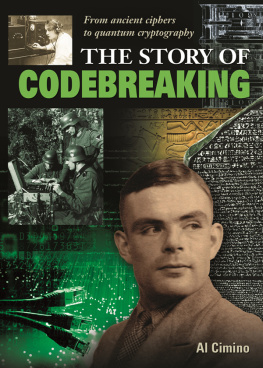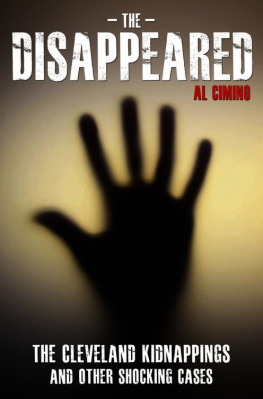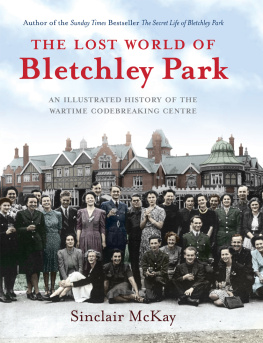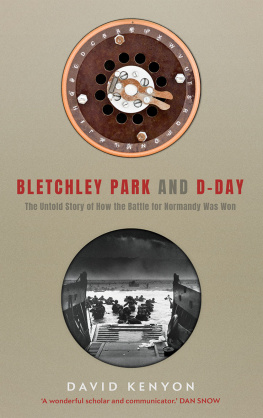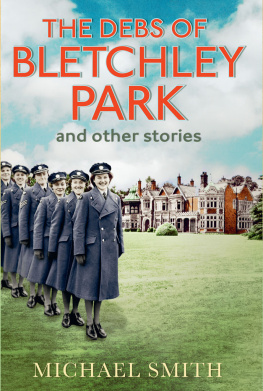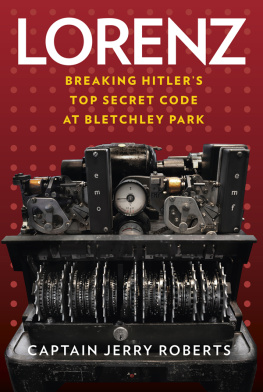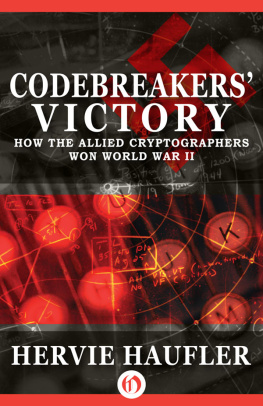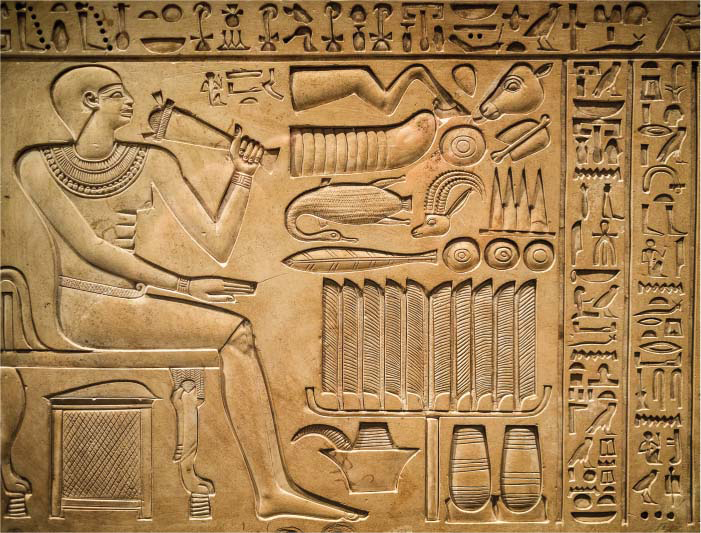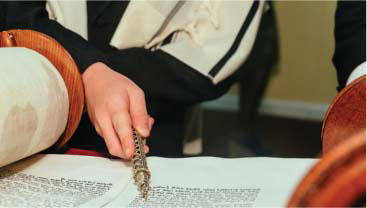
Works of the Jewish Kabbalah are encoded.
Weapons of war
Codes and ciphers have also been the tools of war whether overt warfare (for example, safeguarding messages) on the battlefield, or covert warfare fought in the shadows by spies. Joined in battle with those who use encrypted messages to direct troops or steal secrets are the codebreakers. Often, in the face of overwhelming force, they thwart the plans of their enemies using only the power of their intellect.
Julius Caesar used ciphers to communicate with his generals. One of his methods of enciphering remained a key element of ciphers used centuries later. During Europes Dark Ages, the Arabic world developed new codes and methods of codebreaking, most notably frequency analysis. In Italy during the Renaissance, European codebreaking came into its own again as rival states intrigued and spied on one another.
In England, codebreaking led to the execution of Mary Queen of Scots and played a role in the Gunpowder Plot, while the breaking of a code led to the fall of the Huguenot stronghold of La Rochelle during the religious wars in France. Louis XIV then developed his Grand Cipher as a tool of state. Soon no major European capital was without its Black Chamber, where codebreakers operated, intercepting, opening and deciphering coded letters.
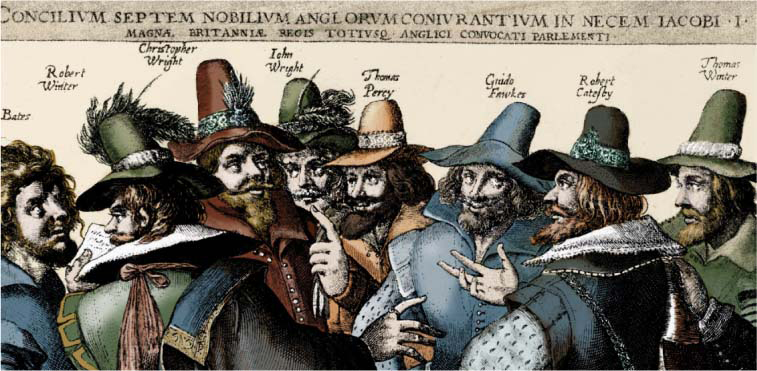
Thomas Phelippes worked for Sir Francis Walsinghams counter-intelligence network, set up to protect the government of Queen Elizabeth I. Phelippes broke the secret code used by Mary Queen of Scots, leading to her execution, and also unmasked the conspirators in the Gunpowder Plot.
Mechanical ciphering
In North America, a mechanical ciphering system was invented by Thomas Jefferson. Other forms were developed during the American Civil War. Also in the 19th century, scientists such as Charles Wheatstone and Charles Babbage, pioneer of the computer, devoted much time and effort to devising and breaking codes. It is thought that Babbages codebreaking system was used during the Crimean War. Meanwhile, codebreaking methods were being used to decipher long-forgotten languages such as Egyptian hieroglyphics and Linear B.
Britains interception and decoding of the Zimmermann telegram, which revealed Germanys battle plans, brought the USA into World War I. Then, in the 1920s, the US government repudiated the use of codebreaking as ungentlemanly. This left America hopelessly unprepared when war threatened again in the following decade. An intercept that could have warned of the Japanese attack on Pearl Harbor was not decoded in time. Later in World War II, heroic efforts by American cryptologists broke the Japanese naval codes and gave the US Navy the upper hand in the Battle of Midway, which eventually led to victory in the Pacific.
Enigma
Germany had gone into World War II believing it had an unbreakable code Enigma not knowing that three inspired Polish codebreakers had already deciphered it before hostilities had even broken out. The Poles passed their expertise and early codebreaking machines on to the British, who used them to good effect throughout the war, and especially in the Battle of Britain and at El Alamein (the latter turned the tide against the German Army in North Africa).
At the British codebreaking centre at Bletchley Park, Alan Turing developed methods and machinery bequeathed by Polish cryptologists to break the more complex Naval Enigma. This thwarted the German U-boats that were threatening to starve Britain into surrender.

